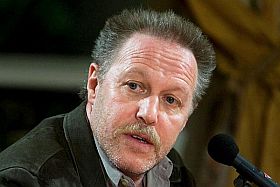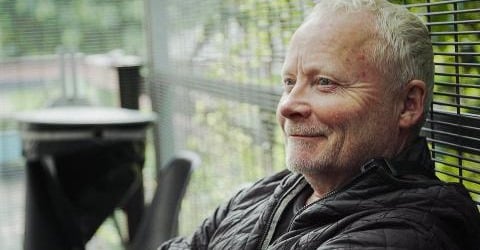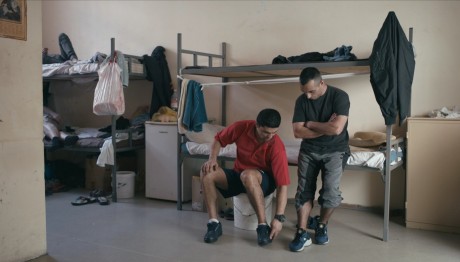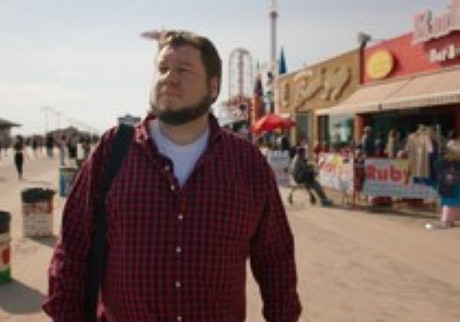


Nicolas Philibert Interviewed

… In le Monde by Jacques Mandelbaum, film critic at the newspaper since 1995. You have to be a subscriber of le Monde to read the whole interview. I have taken the liberty to quote from the excellent meeting with the great French filmmaker:
« Nicolas Philibert, 70 ans, est une figure tutélaire du documentaire en France après quarante ans d’activité dans le domaine. A toutes fins utiles, un rappel de son parcours pour la route. Démarrage en 1978 avec La Voix de son maître, coréalisé avec Gérard Mordillat, entretien avec douze grands patrons de l’époque et chronique discrète de la mutation capitaliste en cours, pas suffisamment toutefois pour n’être pas censurée durant treize ans. »
« … Nicolas Philibert a pris la direction régulière, depuis quelques mois, du quai de la Rapée, dans le 12earrondissement de Paris, où est accostée la péniche de l’Adamant, centre psychiatrique de jour dépendant des hôpitaux de Saint-Maurice (Val-de-Marne). »
« Filmer le désordre mental : Rien d’évident toutefois, pour beaucoup de raisons. La première, naturellement, consiste à filmer le désordre mental. Terrain instable, souffrance humaine, fragilité de tout, risque avéré du pittoresque. La seconde, non moins prégnante, est la pandémie qui sévit depuis dix mois. Nicolas Philibert, qui habite à Paris, s’estime à cet égard relativement chanceux : « Contrairement à beaucoup de mes collègues qui se sont arrêtés au milieu d’un tournage, la période du premier confinement a été pour moi celle de l’isolement nécessaire à l’écriture du projet. Je n’ai donc pas trop souffert. J’ai programmé mes journées. Une heure de marche rapide le matin, puis lecture et écriture. J’ai aussi mis à profit ce temps libre pour filmer ma mère, qui a eu 100 ans en avril 2020. Ça a été très important pour moi d’aller la voir régulièrement, même si je ne sais pas encore le devenir de ces images. » »
« Moi, je me fous de faire un film de plus. Faire un film avec de l’acquis, ça ne m’intéresse pas. Je veux être dérouté, questionné. Je veux qu’un tournage m’attire et me fasse peur. Et affronter cette peur en filmant . »
« La pandémie touche le quotidien de tout un chacun. L’activité du centre en est, pour le moment, fortement impactée. Par ailleurs, la maladie a, pour certains patients, de fortes répercussions psychiques. J’intègre naturellement ces éléments à mon écriture. »







